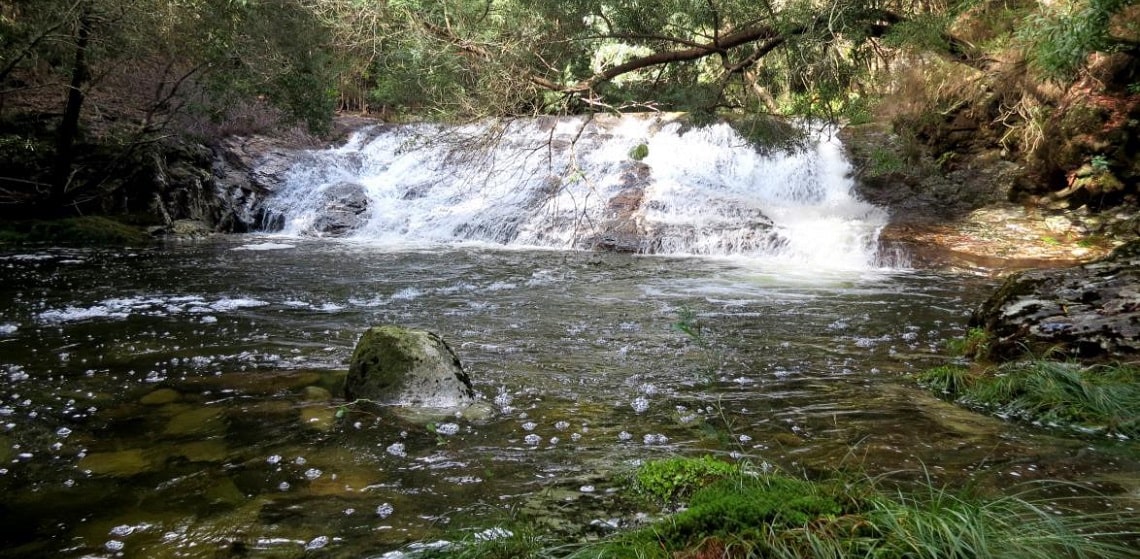Feeling the North: (almost) secret places
If you are already preparing your next vacation in Northern Portugal, don't miss the (almost) secret places that All About Portugal has chosen for you.
The North of Portugal hides a world of secrets that are revealed to those who dare to set out on an adventure and discover it. If you are one of those people who travel without a defined itinerary and with an open heart, if you love a good story and to chat with anyone who crosses your path, if you can't resist the local gastronomy and feel that traveling should include all the senses, All About Portugal has some suggestions, in the North. Forget the trendy holiday lists, this one will make you the coolest among your friends, thanks to its originality. It is likely that you will bring with you unique photos and unforgettable stories, which aren’t written in any book, but would make a beautiful novel. Are you ready to head to the North of Portugal?
Castro de São Paio - Labruge, Vila do Conde
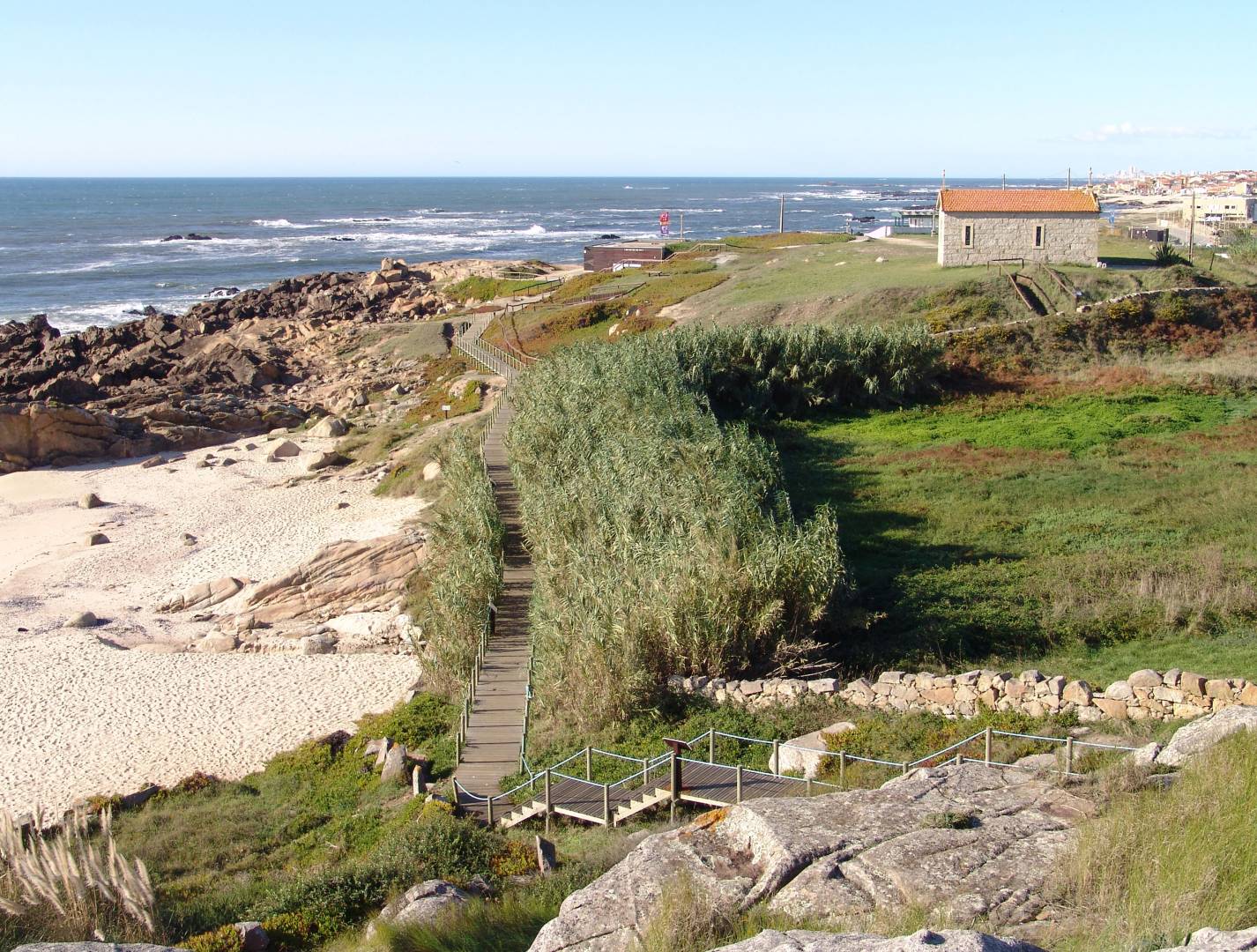
The surprise starts even before you get there. The access road is a postcard of the Northern rural landscape: fields and farms flanked by stone walls, in a chromatic mix of blue and green. But our ultimate destination is the sea, or rather the Castro de S. Paio, the only known protohistoric maritime village in Portugal and a must-see of the national Iron Age archeology discovered only in the 1950s. Do you like “treasure hunts”? At Praia dos Castros, look for the engravings on Penedos Amoladoiros. A few meters further on, in the middle of the vegetation, on a granite outcrop, discover an enigmatic spoon-shaped engraving. Next to the Triangulation Station, another engraving shows us that we are in front of a Rune used in the pre-Germanic writing alphabet, which bought the Normans passage in this place. Finish your History lesson with a refreshing dip in the Atlantic or relax enjoying the sunset on the terrace of the Castro de São Paio Restaurant (near the Interpretation Center of S. Paio), among tasty snacks and sea dishes.
Romanesque Church of São Pedro de Rates - S. Pedro de Rates, Póvoa de Varzim
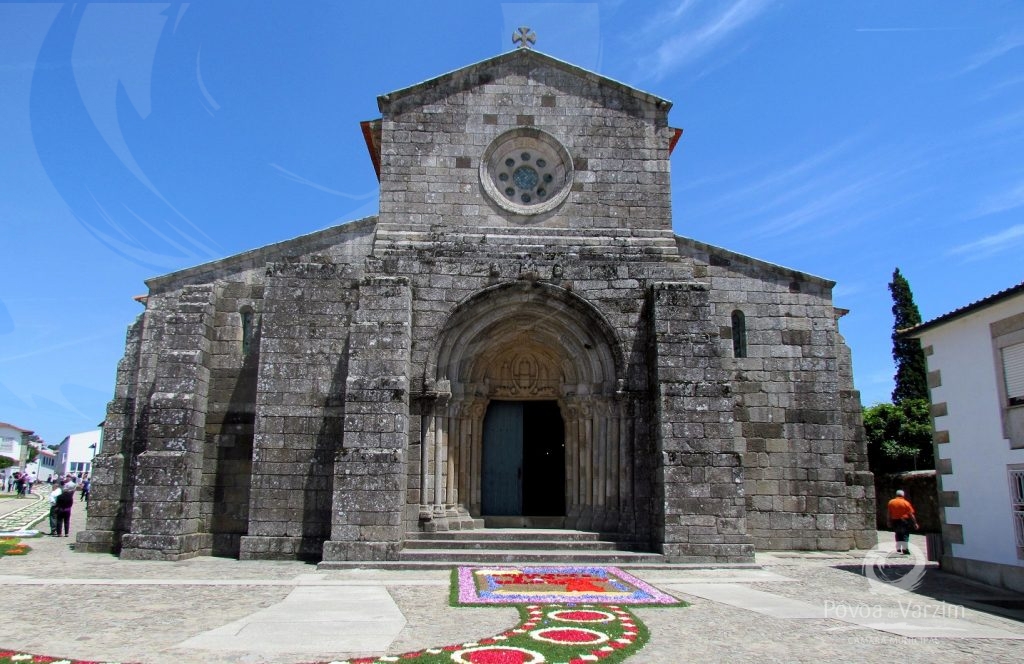
In the neighboring municipality, continue your History classes at one of the most important places of medieval Romanesque architecture in Portugal. The Church of São Pedro de Rates sits on the site of a building from the Suevi-Visigothic period and was rebuilt in the 12th/13th centuries by the Counts D. Henrique and D. Teresa, parents of the first king of Portugal, D. Afonso Henriques. Over the centuries, the building has undergone several and injudicious renovations works, but more recently it was the object of an intervention, which removed certain additions and reintegrated parts of the original Romanesque shapes. With privileged acoustics, in July you can attend concerts during the “International Music Festival of Póvoa de Varzim”, an interesting note for those looking for an alternative holiday in the North. S. Pedro de Rates, the monument’s patron, is associated with many stories and legends with dying princesses and miraculous water sources. He was also one of the first Christians converted in the Iberian Peninsula by Saint James who, even in the time of Emperor Caligula, would have him consecrated Braga Bishop.
“Figurado” Route - Barcelos Municipality

Take a detour inland and stop in Barcelos, home of the iconic Portuguese Rooster. At the Barcelos Market, one of the oldest in the north of the country and a lively showcase of the region, you will find all kinds of products, including pieces of clay. The "Figurado" will jump out at you, due to its original colors and shapes. But we suggest a tour through the traditional workshops, in some villages in the area, where wheel work and wood ovens mark the production process. There you will find religious, everyday figures or – our favorite – the bestiary (devils, misshapen and ambiguous figures), surrealist symbols from the popular imagination and traditions of these Barcelos' villages. You will forget that you are on vacation, and you will feel like a privileged spectator of History and stories, some of them told by the descendants of the most outstanding artists of this popular art – such as Rosa Ramalho or Domingos Côto, the “father” of the famous Rooster. If you want to know more about "Figurado", we recommend a visit to this site.
Adega do Ermitão - Guimarães
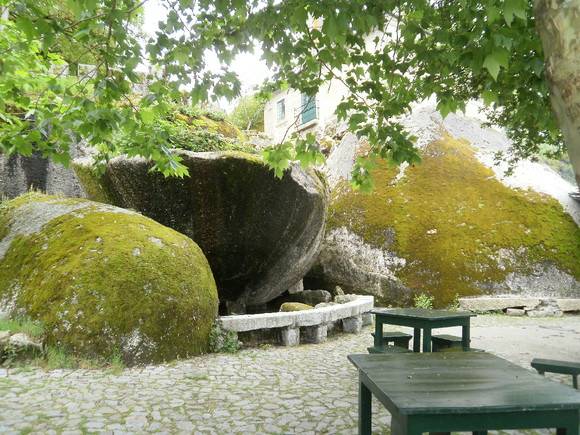
Continue towards the interior, until you see the Portugal’s cradle: Guimarães. In this emblematic city in the North of Portugal, the inscription “Aqui Nasceu Portugal” (Here Portugal Was Born) on one of the towers of the its wall leaves no doubt about the historical importance of this city. But the challenge of All About Portugaltoday is different: a red green wine bowl called “pinta-beiços” - something like "lipstick"- (for the most original selfie fish gape), accompanied by a delicious sardine cake, at Adega do Ermitão, in Monte da Penha. The place is a monument to originality and leisure, and to what we would today call “sustainable architecture” or “eco-design”. Installed in a granite cave, in the open air, with a balcony carved into a large rock, where the wine bottles are kept, it is one of the best places to hide in the torrid summer days. Take the cable car up and come down on foot – the more than 600 meters that separate Monte da Penha from the city center –, along one of the pedestrian trails. The route will help you to “digest” the delicacies and “the creature”.
The Casa do Penedo - Fafe
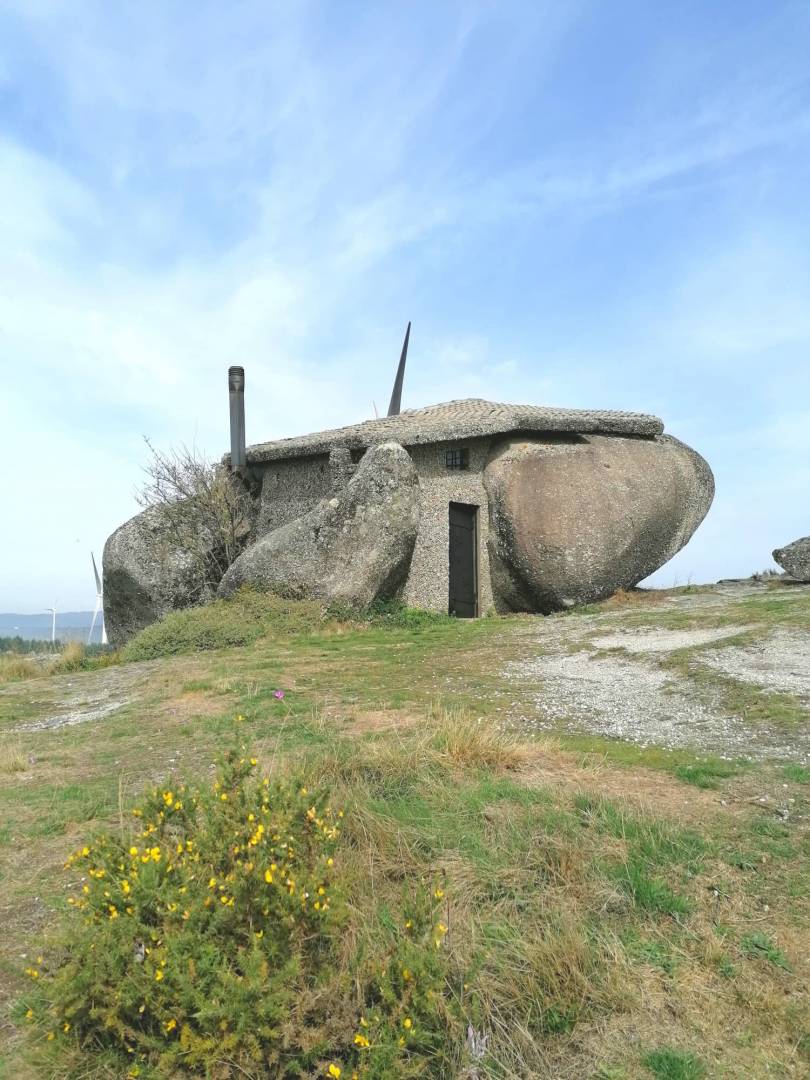
Speaking of sustainable architecture, a few kilometers from Guimarães, in Serra de Fafe you will find what the international press has called “the strangest house in the world” or as the British newspaper Daily Mail called it “The Flintstones' house”. Casa do Penedo dates back to the 1970s and was built as a family holiday shelter. Erected between four large rocks, and in total communion with Nature, it saw its name and image reach the four corners of the world thanks to the transmissions of the World Rally Championship. What was supposed to be a low-key holiday retreat in the North ended up attracting the curious ones, architecture experts and Nature lovers. To visit it (from the outside), you can go by car or by a trail of “Small Route”, in Serra de Fafe.
Serra D’Arga - Several municipalities in Alto Minho
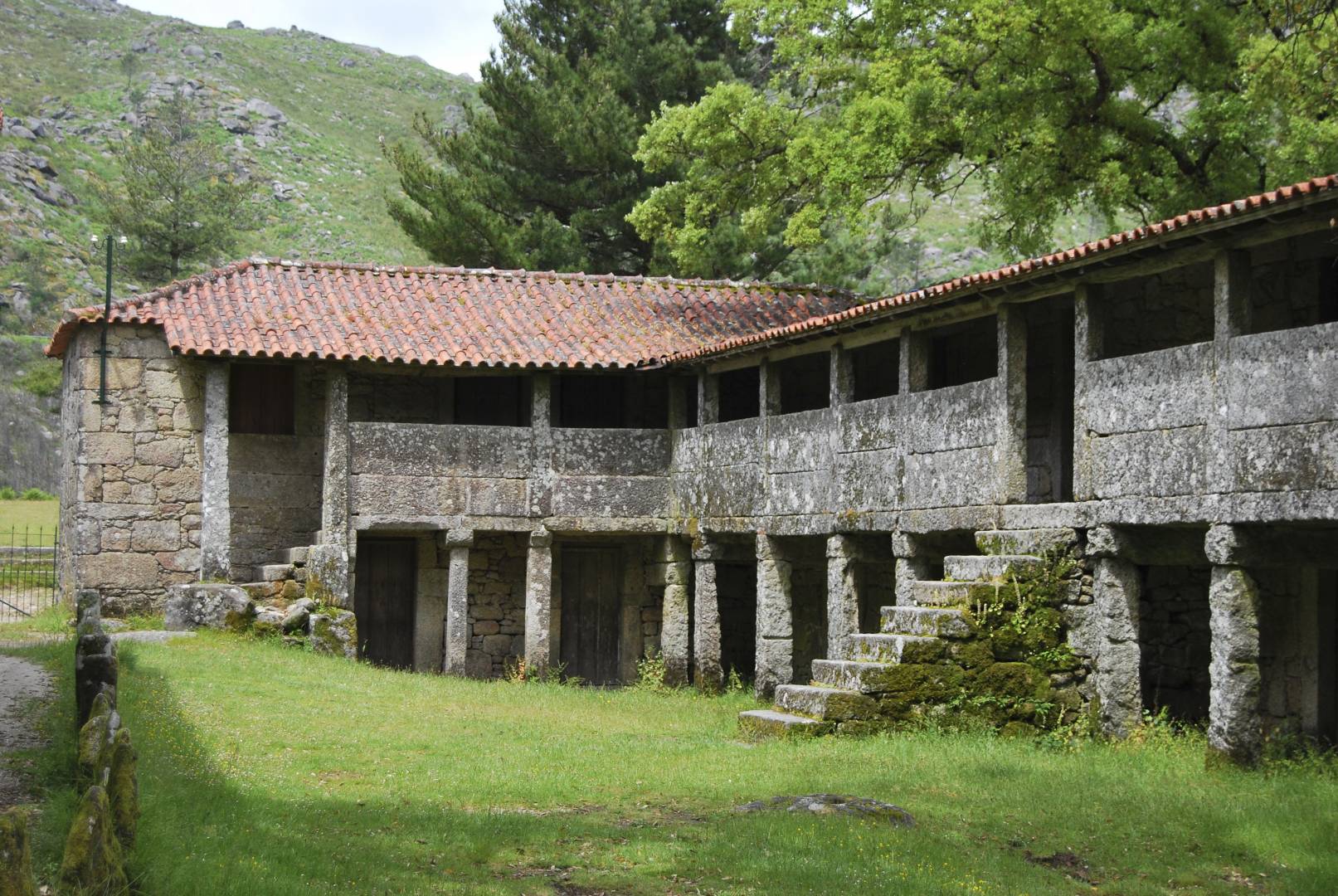
To say that a granite mountain with around 4,500 hectares is an (almost) secret place may seem like an irony, but Serra D’Arga is astounding for those who visit it for the first time… and all the others that follow. The landscapes are stunning and Nature wild, punctuated by rural villages and small paradises with crystal clear waters. Start big, literally, at the main historical attraction in the area: the São João D’Arga Monastery, in Arga de Baixo. This Romanesque construction, with privileged views, every year, in August, hosts one of the biggest pilgrimages in the Minho region (the São João D’Arga Feast). If you prefer a more adventurous but equally divine destination, the sky is the limit. Janela do Céu (Heaven’s Window) is one of the numerous lagoons and waterfalls hidden in this mountain range and has unique characteristics: access is only made by foot, and it looks like a natural infinity pool, which ends in a waterfall, and is surrounded by the most luxuriant vegetation. If you visit the area in the summer months, don't miss Arte na Leira, an Art Festival that takes place in the house of artist Mário Rocha. This event is an unforgettable experience, mark on your calendar. We are waiting for your impressions.
Paçô Beach - Carreço, Viana do Castelo
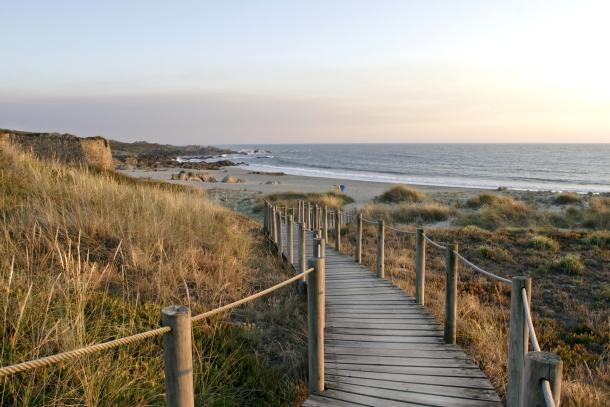
Finish as you started, at sea, but further north, in Carreço. With extensive sand, this beach is located in a bay, which makes it more sheltered from the “generous” north coast wind. It will not be difficult to find it, because in one of its dunes is the monument that gives its name: the Forte de Paçô, a Built Heritage. But it is likely that the strongest memory of this beach is the intense smell of the sea, especially on low tide days, when seaweed covers the sand. Also in the dunes, a group of granite buildings will jump out at you: they were traditional fishing houses that served, in times, as shelter for boats and tools for the collection of that seaweed – the sargassum –, which served as agricultural fertilizer in the area. To finish off on the sweetest note, return to the center of Viana and enjoy one (or two or three) Confeitaria Manuel Natário's Bolas de Berlim: a cake filled with cream, sprinkled with cinnamon and still hot, it might not be exactly a secret for most people, but they will always be a good excuse to go to Viana someday.
Recommended
